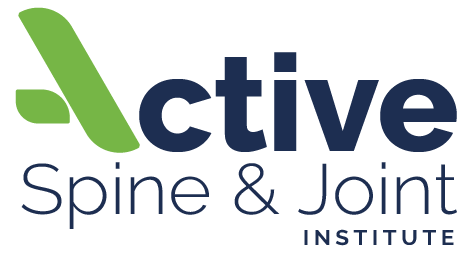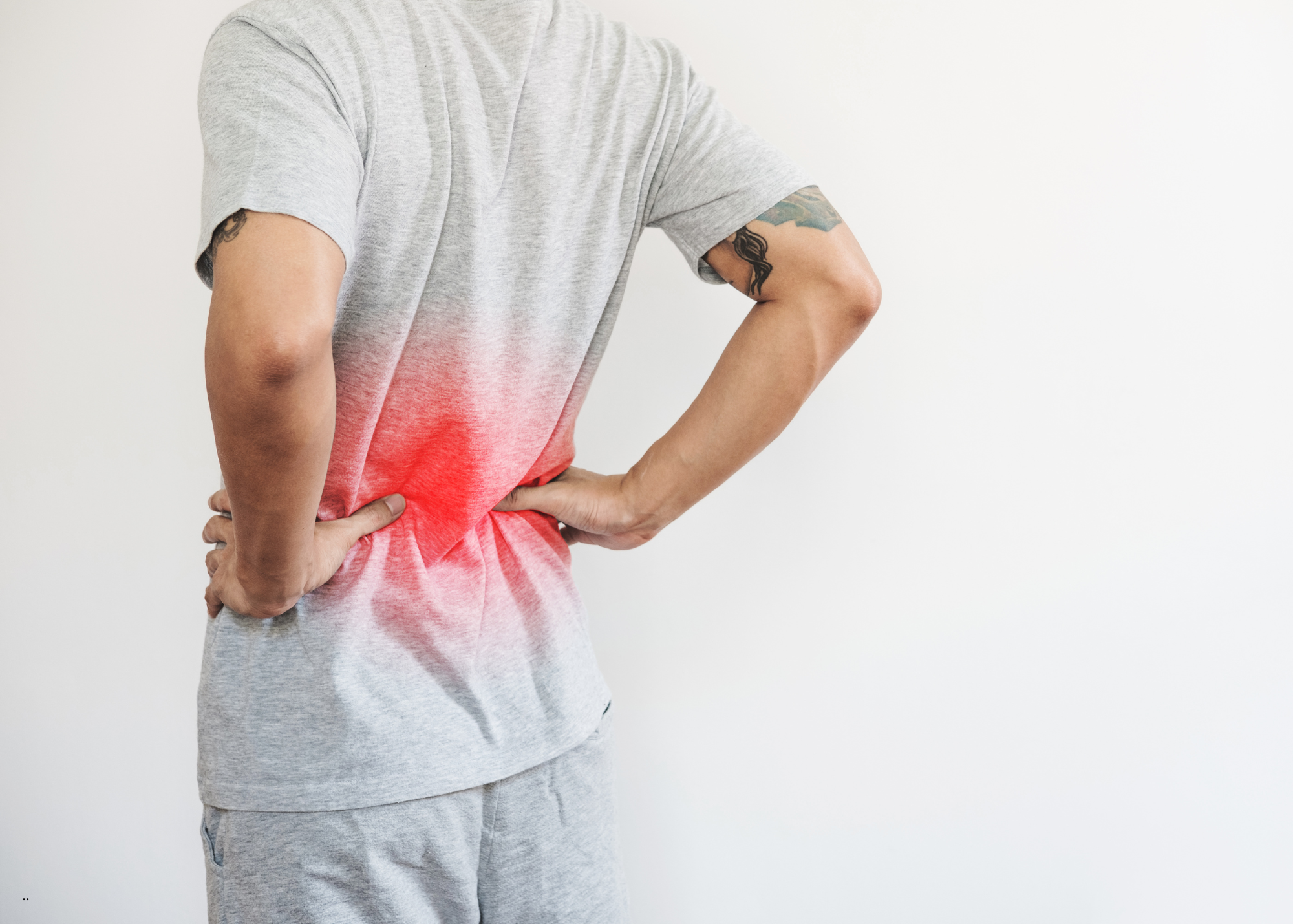Why Your Hip Pain Might Actually Be Coming From Your Lower Back
If you've been dealing with hip pain and can't figure out why, here's something that might surprise you: the problem might not be your hip at all.
At Active Spine and Joint Institute, we see this all the time. Patients come in convinced they have a hip issue, only to discover their lower back is the real culprit.
The Connection You Didn't Know About
Your lower back and hips are intimately connected through:
Nerves: The sciatic nerve and other lumbar nerves run from your lower back straight through your hip region. When these nerves get compressed or irritated in your spine, you feel it in your hip.
Muscles and Fascia: Your hip flexors, glutes, and lower back muscles work as a team. When one area is tight or injured, it creates a chain reaction that affects the others.
Biomechanics: Your pelvis and lumbar spine move together. If your lower back isn't moving properly, your hips compensate—and eventually, they start screaming.
How to Tell the Difference
It might be referred pain from your lower back if:
Your hip pain came on gradually without a specific injury
You also have lower back stiffness or discomfort
The pain shoots down your leg or into your groin
It gets worse when sitting for long periods
You have numbness or tingling anywhere in your leg
It's more likely a true hip issue if:
You have sharp pain with specific movements (like rotating your leg)
There was a clear injury or trauma
You have a clicking or catching sensation in the hip joint
Pain is isolated to the hip joint area only
Why This Matters for Your Treatment
Here's the problem: if you're treating your hip when the issue is actually your lower back, you're wasting time and money on the wrong solution.
We've seen patients go through months of hip-focused physical therapy with zero improvement—because nobody looked at their spine.
What We Do Differently
At Active Spine and Joint Institute, we don't just treat where it hurts. We find the root cause.
Our comprehensive examination includes:
Full spinal and hip assessment
Movement pattern analysis
Nerve function testing
Postural evaluation
Once we identify the true source of your pain, we create a treatment plan that actually fixes the problem—not just the symptoms.
Common treatments include:
Spinal adjustments to restore proper alignment
Spinal decompression for nerve compression
Soft tissue work to release tight muscles
Corrective exercises to prevent future issues
Your body is connected. Pain in one area often comes from dysfunction in another.
If you've been dealing with hip pain that won't go away, it's time to look at the bigger picture.
Ready to find out what's really causing your pain? Call Active Spine and Joint Institute at 609-886-8585 or visit www.activesj.com to schedule your consultation.
Let's get you moving pain-free again.

